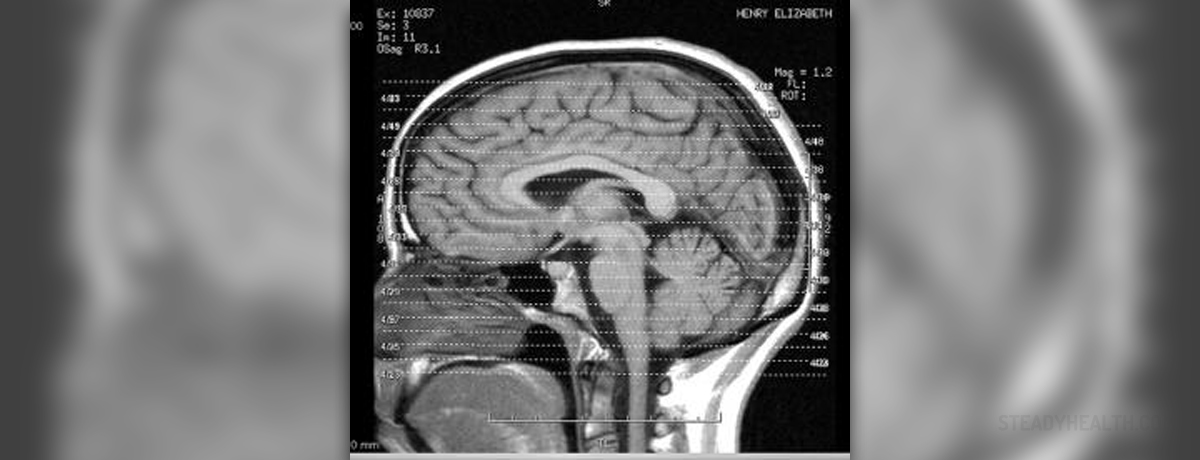Brain stem injury is a serious condition that can result in coma and death. It is a part of the body vital for proper body functioning. In this article, we provide information on what the brain stem is and what the consequences of brain stem injury are.
Brain Stem Overview
The brain stem is a lower extension of the brain that connects the brain to the spinal cord. It is a small stem-like portion of the brain with an important role in the body. The brain stem is responsible for basic life functions like breathing, blood pressure, and heart rate. It also controls digestion, and consciousness and determines whether one is awake or sleeps. This part of the brain links the brain with other parts of the body.
The brain stem can be divided into three sections, namely the midbrain, the medulla, and the pons. Each part of the brainstem is responsible for different body functions. Since the brain stem is vital to the healthy functioning of the body, any injury to this body organ can cause serious problems and even be fatal.

Brain Stem Injury
Brain stem injury causes problems with functions controlled by this part of the brain. It can be life-threatening because it may disrupt breathing and heartbeat. However, the brain stem is rarely the only portion of the brain injured, but it is usually damaged in severe head injuries. Therefore, the symptoms and effects of brain stem injury are similar to those of brain injury.
Brain stem injury usually results from trauma to the brain or swelling in the brain. Swelling in the brain causes brain stem injury due to the compression of the brain stem. Forceful trauma to the head that causes brain stem injury can lead to severe and permanent mental and physical problems.
Symptoms of injury to the brain stem include memory problems, difficulty concentrating and focusing, inability to walk, weakness, and poor balance. Difficulty in breathing, sleep apnea, insomnia, difficulty in swallowing, speech problems as well as nausea, and dizziness can result from brain stem injury.
Severe brain stem injury can cause loss of consciousness, paralysis, and a persistent vegetative state. Paralysis may occur because the brain stem is directly connected to the spinal cord, which can be affected by the injury too. Magnetic resonance imaging is a diagnostic test to identify whether the paralysis is caused by brain stem injury. The severity of the brain stem injury determines whether the recovery is possible or not. Severe injury to the brain stem can also lead to cardiac arrest.
- A total of 136 TBSI patients were selected out of 2695 head-injured patients. All initial computerized tomography and/or magnetic resonance imaging studies were retrospectively analyzed according to demographic- and injury variables which result in GCS and GOS.
- In univariate analysis, mode of injury showed a significant effect on combined injury (p
- In multivariate analysis, the individual variables to enhance an unfavorable effect on GCS were radiologic finding [odds ratio (OR) 7.327, 95% confidence interval (CI)], mode of injury (OR; 4.499, 95% CI) and age (OR; 3.141, 95% CI). Those which influence an unfavorable effect on GOS were radiologic finding (OR; 25.420, 95% CI) and age (OR; 2.674, 95% CI).

















Your thoughts on this
Loading...